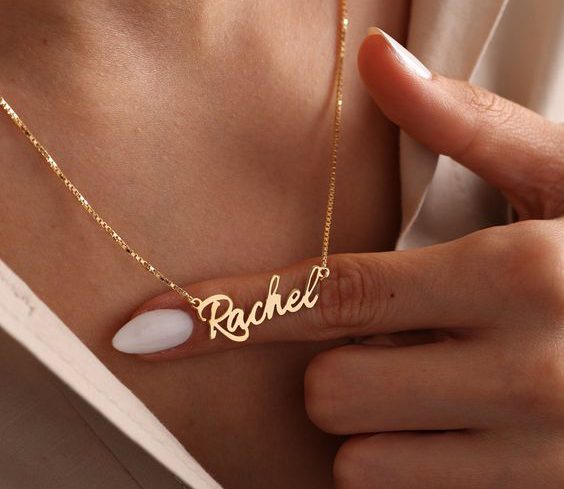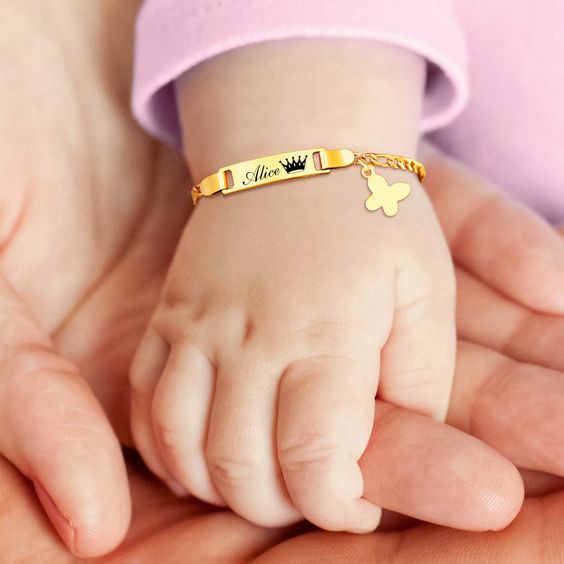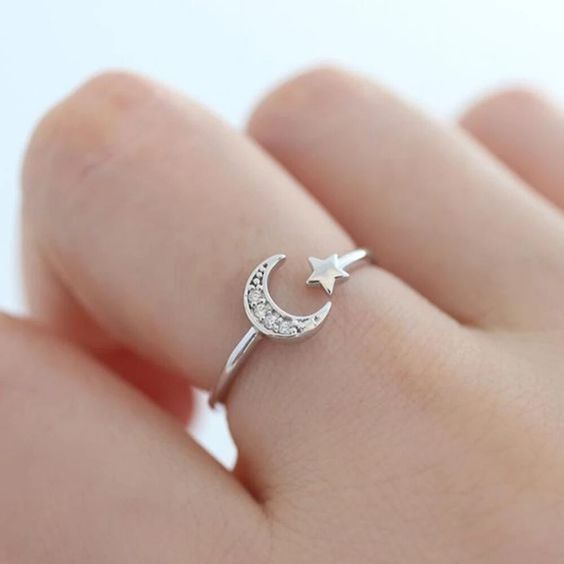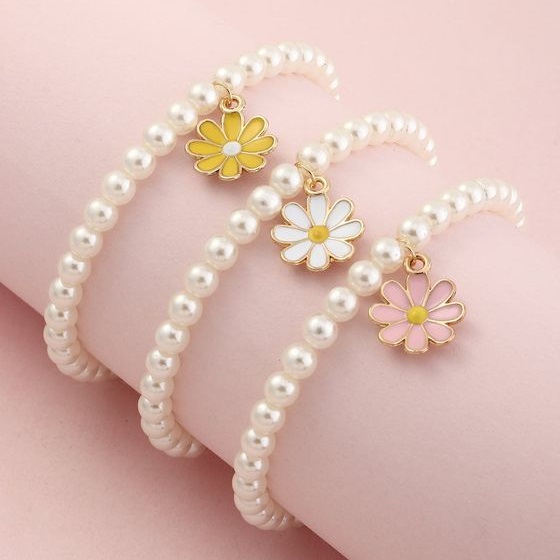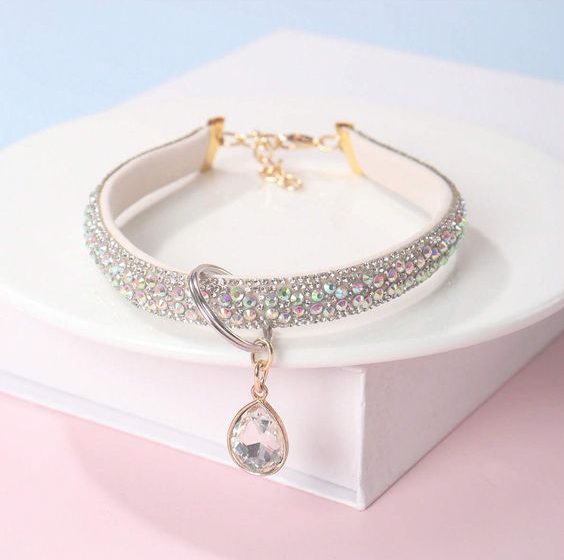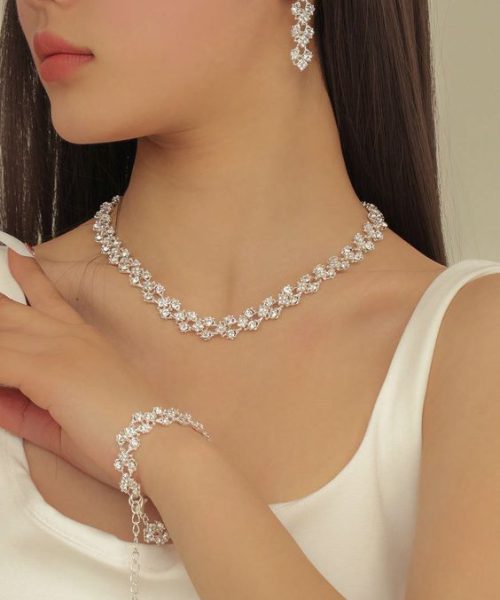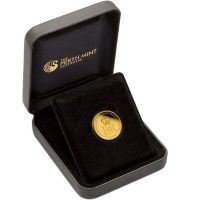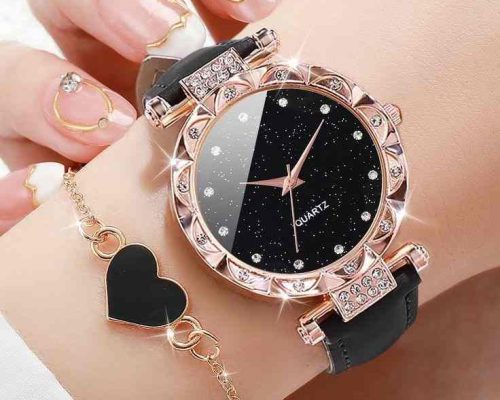Diamonds have captivated the human imagination for centuries. These precious gemstones are renowned for their beauty, rarity, and enduring value. However, not all diamonds are created equal. To truly appreciate and understand a diamond’s worth, it is crucial to learn about diamond grading.
The Importance of Diamond Grading Diamond grading is the process of evaluating a diamond’s characteristics and assigning it a grade based on established criteria. This grading system provides a standardized way to assess and compare diamonds, ensuring transparency and consistency in the diamond industry. Understanding diamond grading is crucial for several reasons: Value Assessment: Diamond grading helps determine the value of a diamond. By considering the 4Cs and other factors, experts can assign a fair market value to a diamond, enabling buyers and sellers to make informed decisions. Quality Assurance: Diamond grading ensures that consumers receive the quality they expect when purchasing a diamond. By understanding the grading system, buyers can verify the authenticity and quality of a diamond before making a purchase. Comparison and Selection: Grading allows for easy comparison between diamonds. By examining the grades of different diamonds, buyers can choose the one that best suits their preferences and budget.
Page table of contents
The 4Cs: Cut, Color, Clarity, and Carat Weight
The 4Cs are the fundamental criteria used in diamond grading. They provide a comprehensive framework for evaluating a diamond’s quality and value.
In this comprehensive guide, we will delve into the world of diamond grading, exploring the 4Cs – Cut, Color, Clarity, and Carat weight. By the end of this article, you will have a deep understanding of how diamonds are evaluated and how to choose the perfect diamond for your needs.
Let’s explore each of these factors in detail:
Color: The Spectrum of Diamond Hues

Diamonds come in a variety of colors, ranging from colorless to light yellow or brown. The Gemological Institute of America (GIA) grades diamond color on a scale from D (colorless) to Z (light yellow or brown). Colorless diamonds (D-F) are the most valuable and desirable, as they allow more light to pass through, enhancing their brilliance. However, some fancy-colored diamonds, such as blue or pink, are highly sought after for their rarity and unique beauty.
Clarity: The Transparency of a Diamond
Clarity refers to the presence of internal and external flaws, known as inclusions and blemishes, respectively. The GIA grades diamond clarity on a scale from Flawless (no inclusions or blemishes visible under 10x magnification) to Included (inclusions visible to the naked eye).
Diamonds with higher clarity grades are rarer and more valuable. However, it is important to note that most inclusions are microscopic and do not affect a diamond’s beauty or durability.
Clarity Chart

- Inclusions are internal characteristics such as crystals, feathers, or clouds, which occur naturally during the diamond’s formation process.
- Blemishes are surface imperfections like scratches, pits, or chips.
Diamond clarity is graded under magnification and is categorized on a scale that ranges from flawless (FL) to diamonds with obvious inclusions (I3). The full scale is as follows:
- Flawless (FL): No inclusions or blemishes are visible to a skilled grader using 10× magnification.
- Internally Flawless (IF): No inclusions and only insignificant surface blemishes are visible to a skilled grader using 10× magnification.
- Very, Very Slightly Included (VVS1 and VVS2): Inclusions are so slight they are difficult for a skilled grader to see under 10× magnification.
- Very Slightly Included (VS1 and VS2): Inclusions are visible under 10× magnification but can be characterized as minor.
- Slightly Included (SI1 and SI2): Inclusions are noticeable to a skilled grader using 10× magnification.
- Included (I1, I2, and I3): Inclusions are obvious under 10× magnification and may affect transparency and brilliance.
The higher the clarity grade, the less visible the inclusions and blemishes, and thus the diamond is considered more valuable. Diamonds with higher clarity grades are rarer and therefore typically more expensive.
Cut: The Brilliance of a Diamond
The cut of a diamond refers to how well it has been shaped and faceted. It is crucial to understand that cut does not refer to the diamond’s shape (e.g., round, princess, emerald), but rather how well the diamond’s facets interact with light.
A well-cut diamond reflects light internally and externally, creating brilliance, fire, and scintillation. The cut grade ranges from Excellent to Poor, with Excellent being the highest grade. It is essential to choose a diamond with an excellent or very good cut grade to maximize its beauty.
Here’s a breakdown of the elements that contribute to a diamond’s cut quality:
- Proportions: The dimensions and angles of a diamond, including the table size, crown angle, pavilion depth, and overall depth percentage. Well-proportioned diamonds reflect light more effectively.
- Symmetry: The precision of the cut, including the alignment of the facets. Better symmetry means a more balanced and attractive appearance.
- Polish: The smoothness of the diamond’s facets. A higher polish grade indicates fewer surface flaws, which can detract from the diamond’s brilliance.
- Brilliance: The total amount of white light that is reflected from the diamond. A well-cut diamond will have more sparkle.
- Fire: The scattering of light into the colors of the spectrum. A well-cut diamond with good fire will display a vivid array of colors.
- Scintillation: The flashes of light or the sparkle that is seen when the diamond, light, or the observer moves. A diamond with good scintillation will have lively and intense sparkles.
Diamond cut grades typically range from Excellent, Very Good, Good, Fair, to Poor:
- Excellent: The diamond is cut to the highest standards with maximum brilliance and fire.
- Very Good: The diamond reflects most of the light that enters, with much brilliance and fire, but less precision than an excellent cut.
- Good: The diamond reflects much of the light that enters but is less brilliant than higher grades.
- Fair: The diamond reflects a moderate amount of light but may appear dull compared to higher cut grades.
- Poor: The diamond reflects minimal light, often because it is cut too deep or too shallow, which allows light to escape from the sides or bottom.
A diamond’s cut is crucial because even if a diamond has high clarity and color grade, a poor cut can result in a dull, lifeless appearance. Conversely, a well-cut diamond can appear vibrant and lively, even if its clarity and color are lower.
Carat Weight: The Size of a Diamond Carat weight refers to the measurement of a diamond’s weight, with one carat equal to 200 milligrams. It is important to note that carat weight does not necessarily determine a diamond’s size. A well-cut diamond may appear larger than a poorly cut diamond of the same carat weight. While carat weight is a significant factor in determining a diamond’s value, it is essential to consider the other 3Cs (cut, color, and clarity) as well. A balance between these factors ensures a diamond’s overall beauty and desirability.
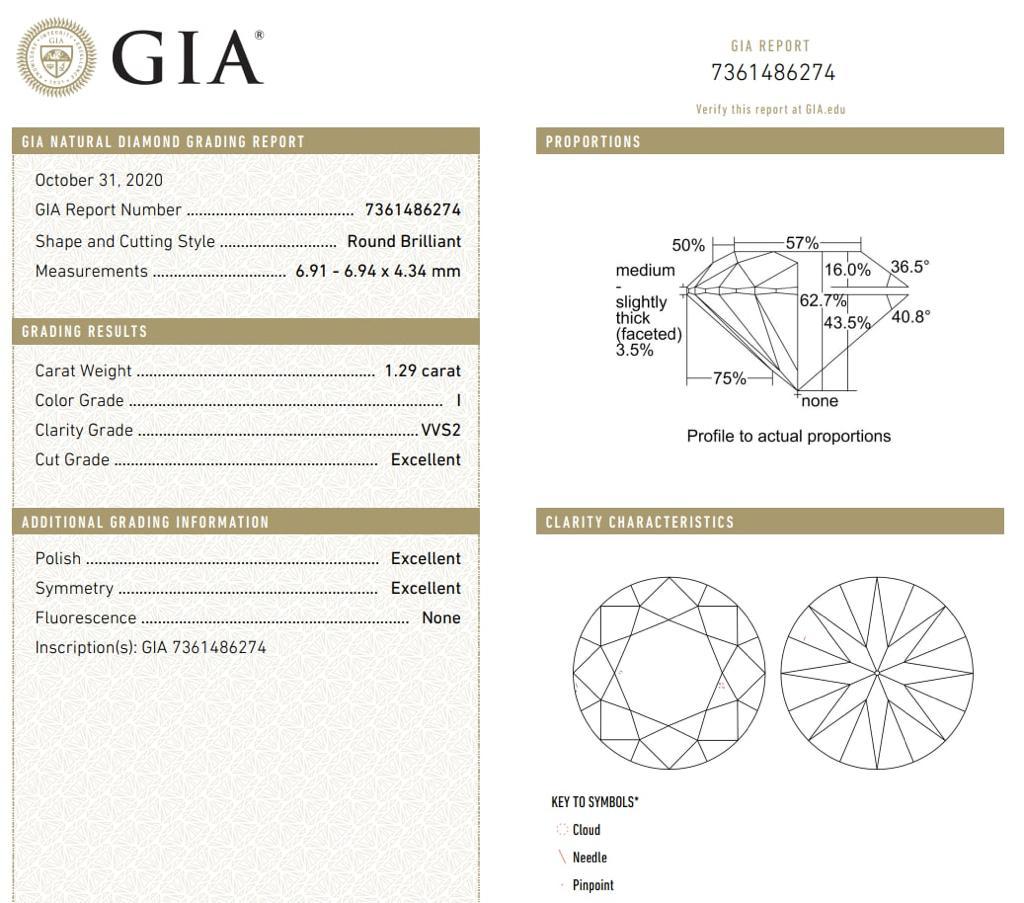
The Diamond Grading Process
The diamond grading process involves a combination of scientific analysis and expert assessment. It is typically performed by gemologists who have undergone extensive training and certification. Here is an overview of the diamond grading process:- Diamond Submission: The diamond is submitted to a reputable gemological laboratory or a certified gemologist for grading.
- Examination: The diamond is examined under controlled lighting conditions and using specialized equipment to assess its cut, color, clarity, and carat weight.
- Grading: The diamond is assigned grades for each of the 4Cs based on established grading scales. The grades are recorded on a diamond grading report, also known as a diamond certificate.
- Documentation: The diamond grading report includes detailed information about the diamond’s characteristics, such as its measurements, proportions, fluorescence, and any additional features.
- Verification: The grading report is reviewed and verified by multiple experts to ensure accuracy and consistency.
- Issuance of Report: The final diamond grading report is issued to the owner, providing a comprehensive evaluation of the diamond’s quality and value.
How to Choose a Diamond: Tips and Considerations
Choosing a diamond can be an overwhelming task, given the multitude of options available. Here are some tips and considerations to help you make an informed decision:- Set a Budget: Determine your budget before starting your diamond search. This will help you narrow down your options and focus on diamonds within your price range.
- Prioritize the 4Cs: Consider which of the 4Cs (cut, color, clarity, and carat weight) are most important to you. This will guide your decision-making process and ensure you find a diamond that meets your desired criteria.
- Research and Educate Yourself: Familiarize yourself with the diamond grading system and the factors that affect a diamond’s value. This knowledge will empower you to make an educated choice and avoid potential pitfalls.
- Inspect the Diamond: If possible, examine the diamond in person or request detailed images and videos. This will allow you to assess its beauty, sparkle, and overall appearance.
- Ask for Certification: Always purchase a certified diamond. A diamond grading report from a reputable laboratory, such as the GIA, provides assurance of the diamond’s quality and authenticity.
- Consider the Setting: The setting of a diamond can enhance its beauty and protect it from damage. Choose a setting that complements the diamond and suits your personal style.

































